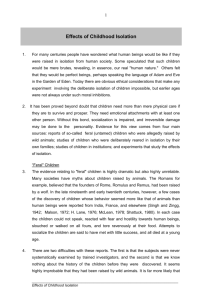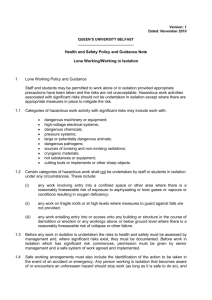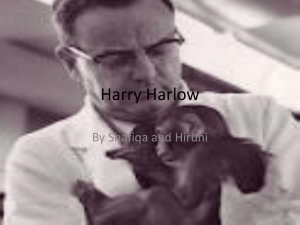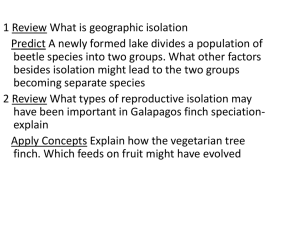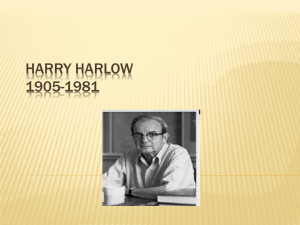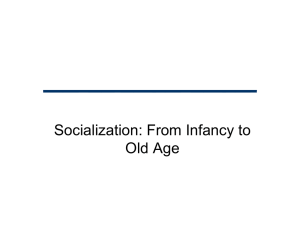Harlow`s Isolation Experiment
advertisement
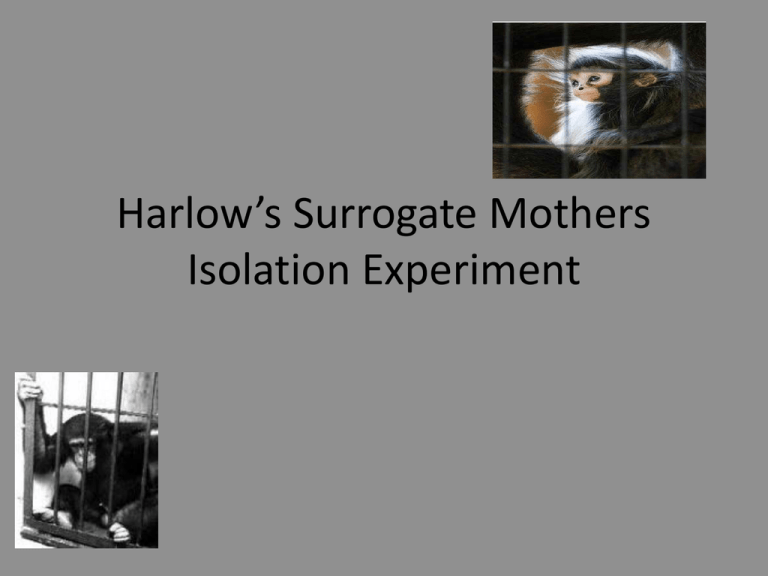
Harlow’s Surrogate Mothers Isolation Experiment Surrogate Mothers Experiment • The purpose of the Surrogate Mother experiments was to determine whether “love” was influenced by nutrition or comfort. • To study the relationships formed between infants and mothers and what causes love. Who Was Involved? • Harry Harlow – Was a psychologist who was infatuated with what makes people “love” and if we choose nutrition over comfort. • John Bowlby – Wrote an essay that inspired this experiment. It discussed institutionalization of children. What Happened? • The monkeys were taken from their mother and introduced to the surrogates a few hours after birth. • They were placed in an unfamiliar room with the two surrogate mothers, one covered in terrycloth and another made of wire mesh. What Happened cont. • They also did testing through measures of fear. The “Monster” test was the most popular method they used. • The main result of this test showed that the monkeys preferred comfort over nutrition. “Monster” Test • http://www.youtube.com/watch?v=fg9QCeA4FJs Isolation Partial/Complete • Another experiment conducted by Harry Harlow was the Isolation Experiment. Where he took monkeys that were 3 months old and put them in cages from 6 months to 15 years. • There were two forms of this experiment: The Partial Isolation Experiment and The Complete Isolation Experiment. Both being just as terrible as the other. Partial Experiment • The Partial Isolation involved raising monkey in cages however they were allowed to see, smell and hear other monkeys, however they were not allowed physical interactions with them. Partial Isolation Results • Harlow observed that the monkeys developed abnormalities such as blank staring, circling within their cages, and self-mutilation. Total Isolation Experiment • This experiment was similar. However the monkeys were put in cages, in the dark with absolutely no contact at all. This made them psychologically disturbed. Total Isolation Results • Harlow wrote down his observations: “No monkey has died during isolation. When initially removed from total social isolation, however, they usually go into a state of emotional shock, characterized by ... autistic self-clutching and rocking. One of six monkeys isolated for 3 months refused to eat after release and died 5 days later. The autopsy report attributed death to emotional anorexia. ... The effects of 6 months of total social isolation were so devastating and debilitating that we had assumed initially that 12 months of isolation would not produce any additional decrement. This assumption proved to be false; 12 months of isolation almost obliterated the animals socially …” What changed Psychology/Animal Rights? • These experiments provided huge insight into what makes us love and that is being comfortable. They also gave us a look into the field of depression. • With the atrocities committed during this experiment, people started to finally look at Animal Rights in a new light.
